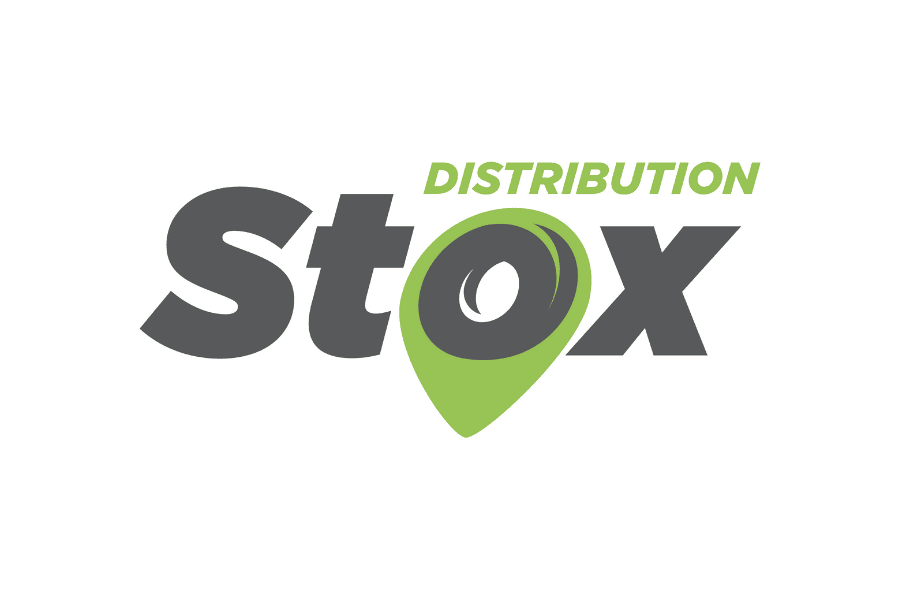What Internet threats to watch out in 2025?
In 2025, the rapid evolution of digital technologies is accompanied by a complex and constantly changing cybersecurity landscape. Here are the main threats to watch out for:
1. Cyber attacks based on artificial intelligence (AI)
AI has become a double-edged sword. While it strengthens cybersecurity defenses, it is also exploited by cybercriminals. AI attacks, such as hyper-realistic phishing, deepfakes or self-learning malware, are increasingly difficult to detect. These threats use algorithms to adapt in real time, making traditional defense systems obsolete.
That’s why protecting businesses against cyber threats has become a top priority for organizations of all sizes.
2. Sophisticated ransomware on the rise
Ransomware continues to proliferate, targeting businesses as well as critical infrastructures such as hospitals and public services. In 2025, these attacks have become more targeted and include double extortion strategies: not only is data encrypted, but it is also threatened with disclosure if the ransom is not paid.
3. Vulnerabilities in connected objects (IoT)
With billions of IoT devices deployed, their security remains a major concern. By 2025, cybercriminals will be exploiting vulnerabilities in poorly secured devices to launch large-scale attacks, such as botnets or smart home hacks. The risks increase with the growing connection of medical and industrial devices.
4. Cyber espionage and cyber warfare
Geopolitical tensions are leading to an intensification of cyberespionage and state-sponsored cyberattacks. These attacks are aimed at strategic targets, such as government systems, critical infrastructures and technology companies. Large-scale orchestrated disinformation campaigns also continue to sow division and confusion.
To deepen your understanding of upcoming trends and key threats in Canada, consult the “National Cyber Threat Assessment 2025-2026”, published by the Canadian Centre for Cyber Security.
5. Hacking of digital currencies and decentralized finance (DeFi)
The increased adoption of cryptocurrencies and DeFi systems is attracting cybercriminals. In 2025, massive thefts of digital wallets and sophisticated attacks on DeFi platforms pose significant threats to investors and businesses.
6. Developments in Zero-Day attacks
Undiscovered Zero-Day vulnerabilities remain a prime target for hackers. These attacks exploit vulnerabilities before they are patched. In 2025, they are facilitated by increased access to automated tools and AI.
7. Violation of privacy and surveillance
Massive data collection, powered by advanced algorithms, puts privacy at risk. In 2025, data protection laws are not evolving as fast as technologies, leaving room for abuse, including unauthorized surveillance by state or private actors.
How can we protect ourselves?
Invest in advanced cybersecurity solutions for securing cloud data or protecting your corporate data.
Train individuals and businesses in digital best practices. You can learn more about good digital practices through our resource center and training programs.
Encourage robust regulatory frameworks to protect users and strengthen systems.
Vigilance and adaptation are essential to navigate this increasingly dangerous environment.






